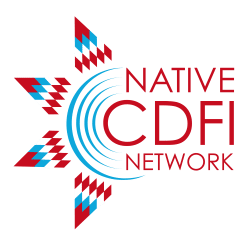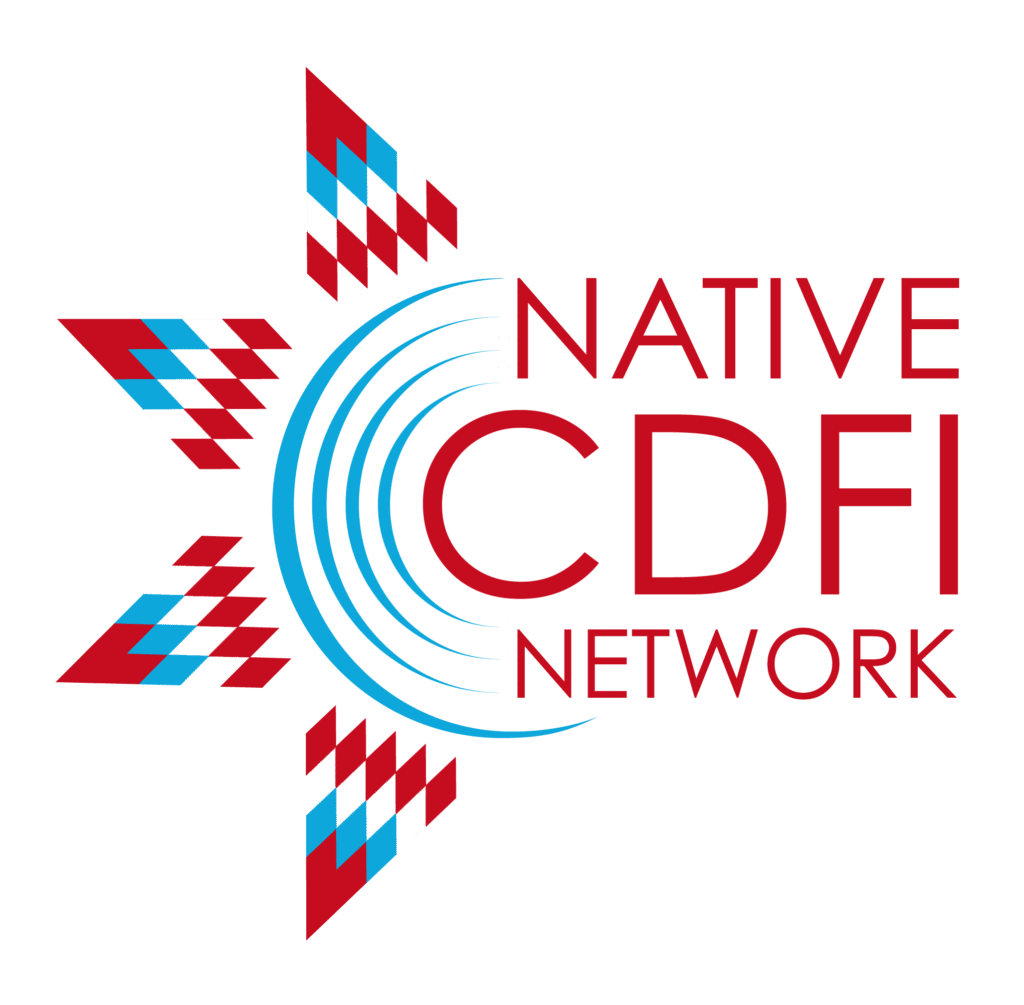Today, the Federal Reserve, Federal Deposit Insurance Corporation, and Treasury’s Office of the Comptroller of the Currency released their long-awaited new Final Rule designed to modernize and enhance the federal government’s administration of the Community Reinvestment Act (CRA). The Final Rule takes effect on April 1, 2024.
To view the new CRA Final Rule, which will be published soon in the Federal Register, please click here.
To read the CRA Final Rule Fact Sheet, click here.
To read the Interagency Overview of the CRA Final Rule, click here.
The Native CDFI Network (NCN) submitted public comments on the CRA Notice of Proposed Rulemaking in August 2022 demanding that the new CRA Final Rule strongly incentivize or compel banking institutions to invest in Native communities to receive CRA credit.
The NCN team is in the process of reviewing the CRA Final Rule and will share its initial analysis with Native CDFI leaders and other interested stakeholders this Friday, October 27.
The CRA: Some Important Context
Congress passed the CRA in 1977 to encourage banking institutions to serve the credit needs of the communities in which they operate, specifically low- and moderate-income areas and populations. The Act also aimed to curb discriminatory credit and lending practices against those populations, a practice commonly known as “redlining.” With many Native communities located in the poorest parts of the country, and with a substantial percentage of the Native population deemed to be low or moderate income, the CRA on paper should have significantly enhanced the ability of Native nations, their enterprises, Native-owned small businesses, and Native consumers to access capital and credit through CRA-qualifying banking institutions.
Unfortunately, however, to date the CRA has utterly failed to compel or effectively incentivize banking institutions’ investment in Native nations and communities. Since its founding in 2009, NCN has collected extensive anecdotal evidence confirming that banking institutions’ redlining of Native nations and communities continues largely unabated, a dynamic exacerbated in recent years by the widely documented consolidation of the banking industry and the ensuing retraction of bank branches away from Native nations and communities.

